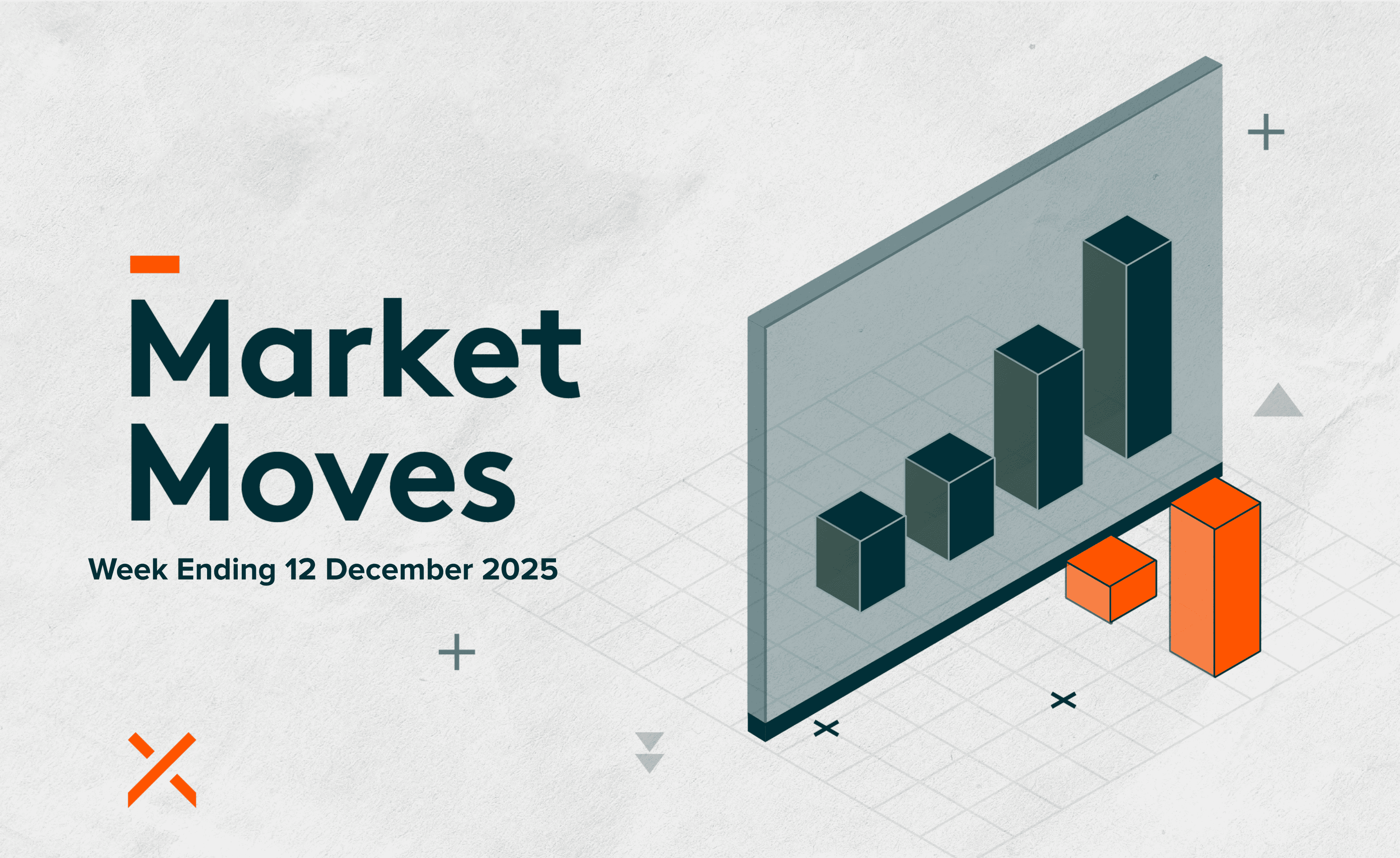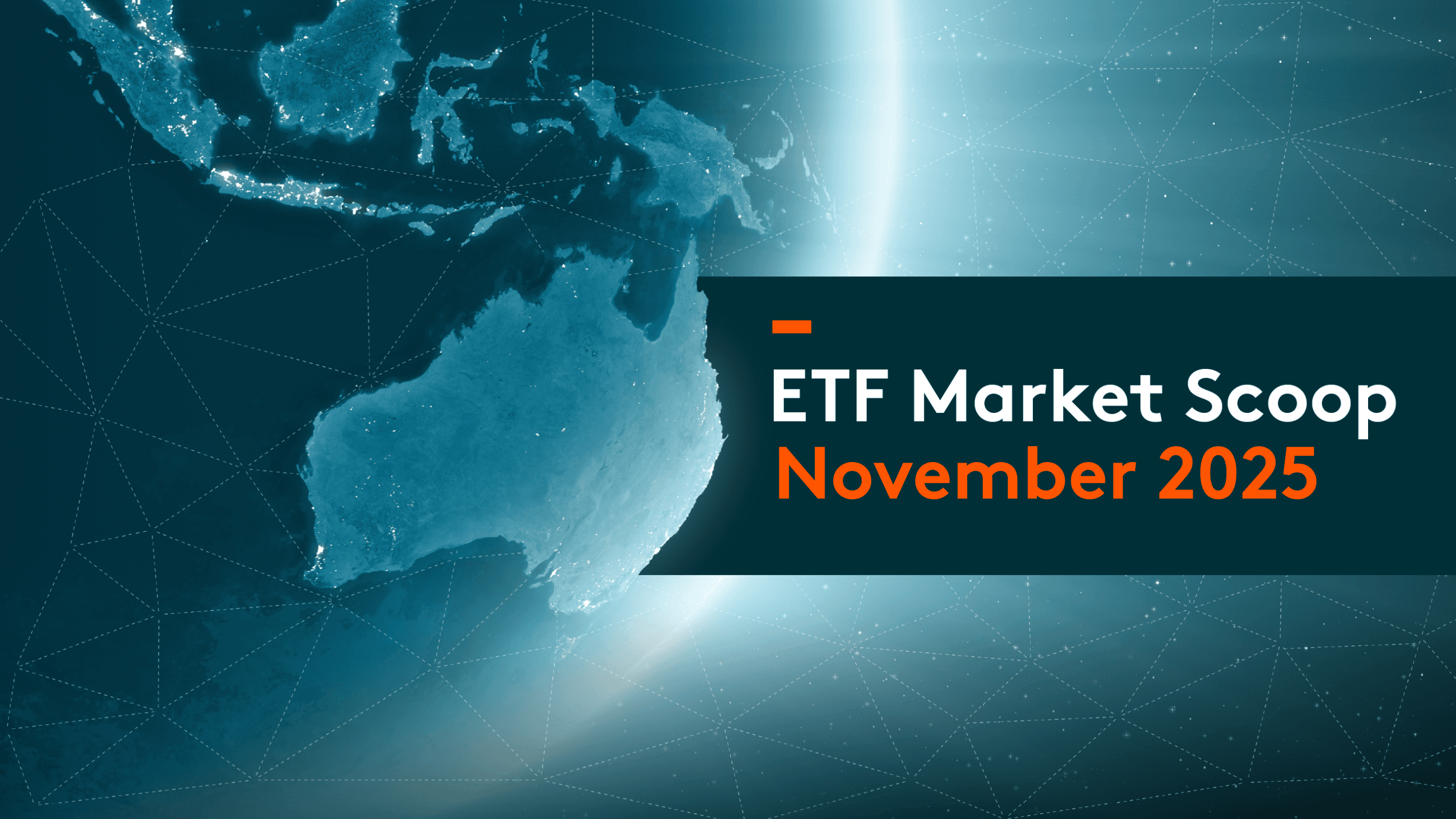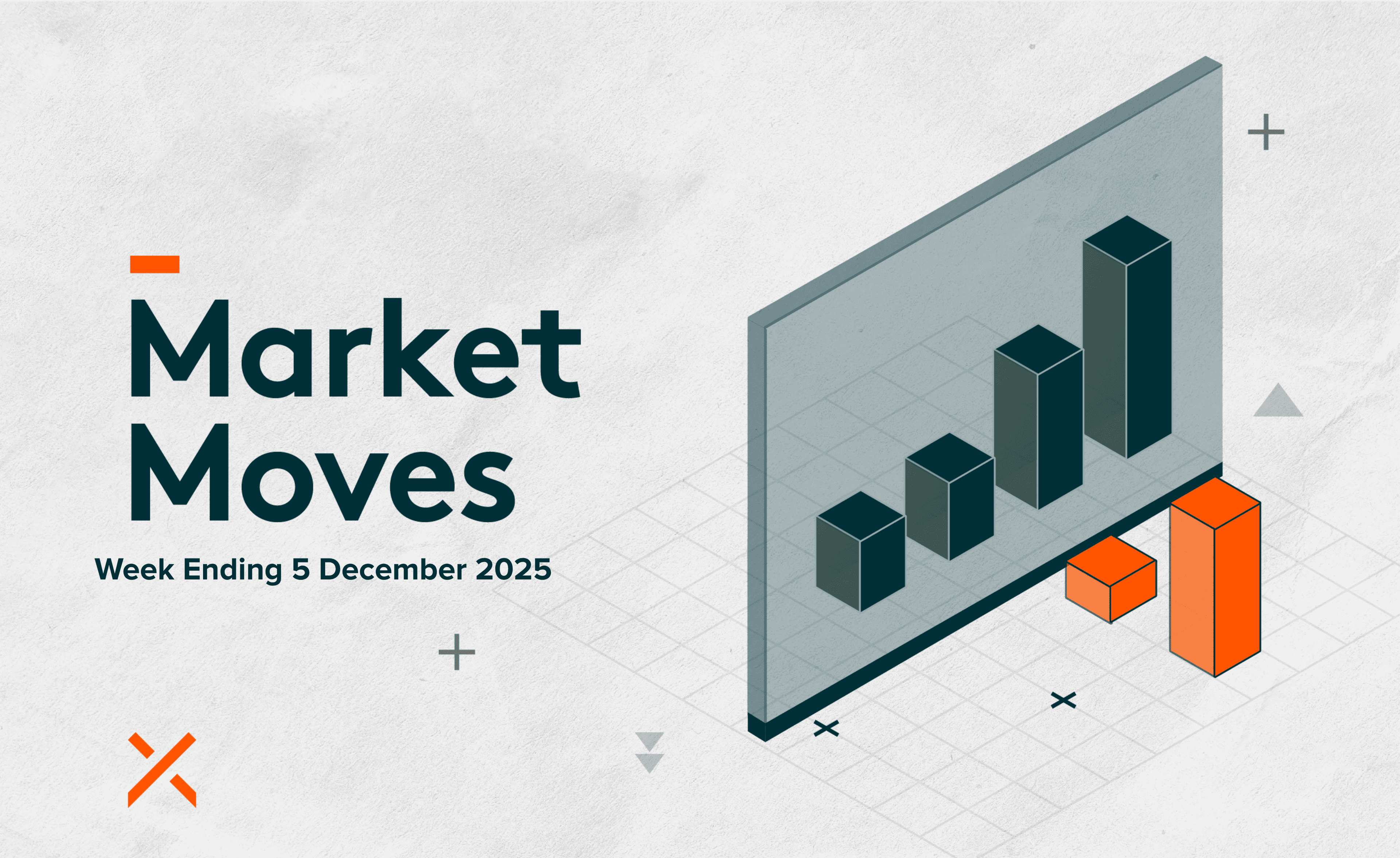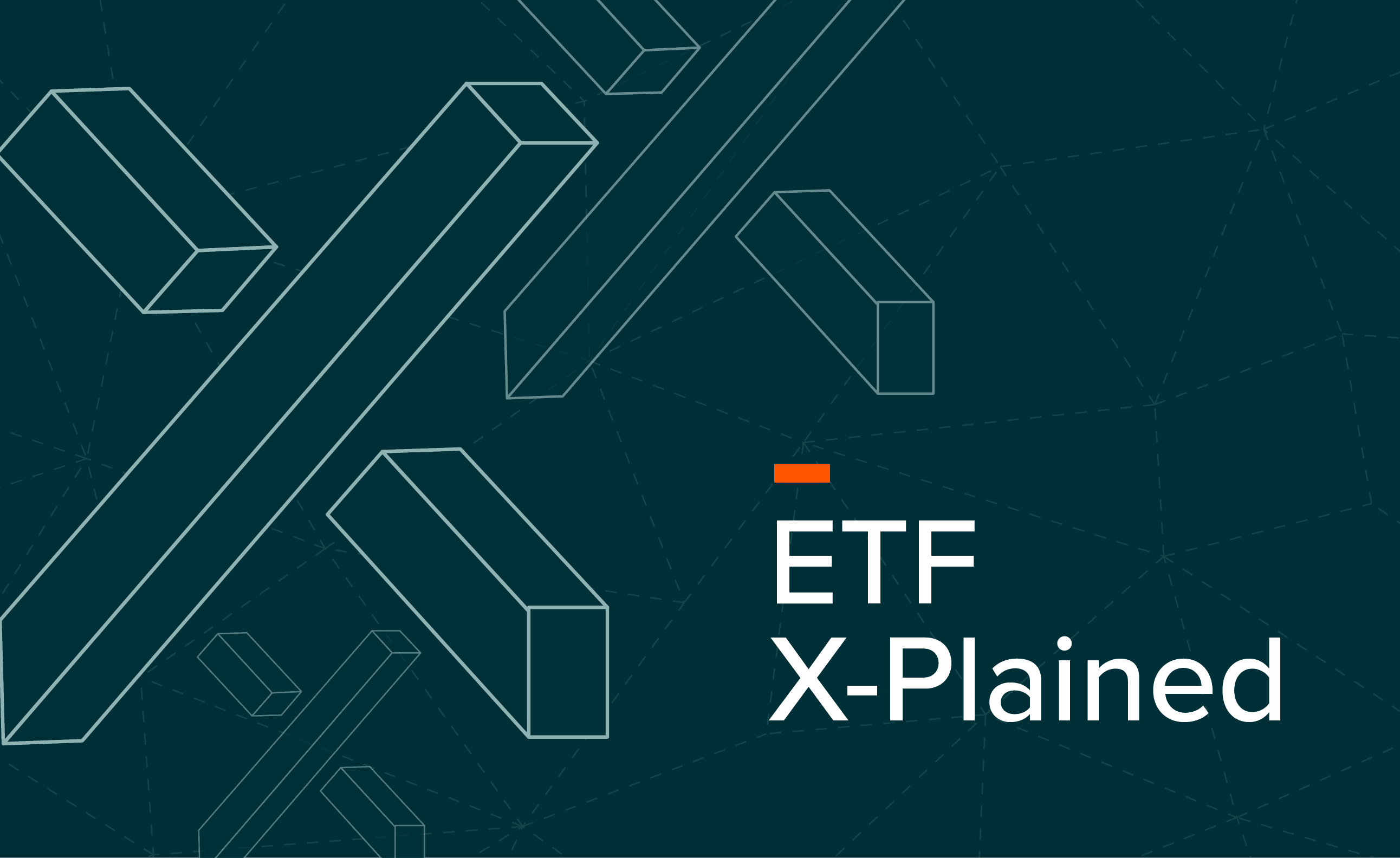
Education Hub
Global X's Education Hub provides valuable resources to help investors understand and navigate investment strategies and market trends.
How to Use ETFs in an SMSF
A Self-Managed Superannuation Fund (SMSF) can create unique opportunities for individuals looking to take control of their retirement savings. Unlike industry and retail super funds, SMSFs give trustees complete responsibility over their super, including investments decisions and regulatory compliance.
The use of exchange traded funds (ETFs) in SMSF portfolios is on the rise given diversification properties and the exposure to a range of asset classes, helping to create a well-rounded investment portfolio.
Benefits of Using ETFs in an SMSF
Incorporating ETFs into an SMSF can provide several benefits to the portfolio:
- Diversification: ETFs provide exposure to a range of assets in a single investment. This can be spread across different sectors and regions.
- Cost-Effectiveness: ETFs provide a cost-effective way to gain diversification through a benchmark or exposure to assets previously difficult to access. This can help when managing the overall costs associated with managing a SMSF.
- Accessibility: ETFs can be bought and sold at a known price whenever the stock exchange is open as prices are quoted throughout the day, providing a level of flexibility for trustees.
- Transparency: Unlike other investment vehicles, most ETF constituents are published daily – this transparency makes it easier for investors to see exactly what they own.
- Tax Efficiency: Some ETFs offer tax benefits, such as franking credits on Australian shares, which can enhance SMSF returns. ETFs also provide comprehensive tax reporting which can help with the ongoing administration and tax return process.
- Control: ETFs serve as versatile building blocks for DIY investors, enabling SMSF investors to tailor their portfolios by increasing exposure to specific sectors or strategies and taking control of selection, weights and rebalancing based on investment horizons and personal preferences. For more information on the benefits of ETFs, read our article Why Use ETFs here.
Incorporating ETFs into a SMSF
Each ETF strategy will depend on the investment goals and circumstances of the SMSF trustee/s. With this in mind, there are a few important considerations when selecting the right ETFs.
Investment Objectives
As with any other investor, it’s important to initially understand the goals of the SMSF portfolio. This will help in determining the range of ETFs that may fit, how much to allocate, and the appropriate level of risk capacity.
Types of ETFs
Upon determining investment objectives, the next step is researching and understanding the types of ETFs available that may fit the goals of the SMSF. We’ve listed some of the main types below and a more in depth look at these ETF types can be found here.
Equity ETFs: Hold a basket of stocks to provide a diversified portfolio of shares in a single trade across domestic and international markets. Some examples include:
- Broad Equity ETFs: generally hold a larger basket of stocks in order to provide exposure to a wide selection of sectors or geographies.
- Regional or Sector Equity ETFs: offer exposure to either one specific country/region or sector.
- Thematic Equity ETFs: hold a basket of stocks which align to a megatrend such as Artificial Intelligence (AI).
Commodity ETFs: Provide exposure to individual commodities such as gold, or commodity sectors such as agriculture, without the need to take delivery of the underlying commodity or trade futures.
Fixed Income ETFs: Provide investors with exposure to a basket of bonds that can be issued by a variety of domestic or international corporates, Australian Commonwealth, State and Territory governments, government treasury corporations and international government/semi-government entities.
Dividend ETFs: Dividends are one of the most well-known way to generate passive income from investing. Dividend ETFs focus on generating income from the underlying companies who have higher dividend yields.
Covered Call ETFs: For diversifying income sources other than dividends, exploring the options market through covered calls can provide enhanced levels of income. Using a covered call ETF is a popular way to save investors the time and effort of managing these options strategies.
Cryptocurrency ETFs: Offer exposure to digital assets such as Ethereum or bitcoin, enabling investors to diversify from traditional markets. Holding cryptocurrency through an ETF allows investors to trade in a tightly regulated environment without the worry of losing the private key to their wallet.
It’s worth noting that different types of ETFs can play different roles at different times throughout an investment journey. For example, an ETF may initially make up a larger percentage of the portfolio as a ‘core’ holding, but as needs change, this may move to a ‘satellite’ position or be completely removed to allocate funds to a different investment. Each investor should read a product’s Target Market Determination (TMD) and Product Disclosure Statement (PDS) which contains vital information about the fund to understand the appropriateness of the investment.
- Core: generally known to consist of conservative, long-term holdings like index funds or ETFs, providing a foundation for the portfolio.
- Satellite: more tactical or specialised investments such as individual stocks, thematic ETFs or alternative assets, that generally carry higher risk but offer higher growth potential
Fees
It’s important to consider the fees and costs associated with each ETF before investing to ensure the trustee/s understand the total ownership cost of the ETF and how this plays into broader management of the SMSF.
Some of the key fees and costs to consider include:
- Management Fee: the ongoing charge to an investor by the ETF provider to cover the cost of managing the fund. This will differ between each ETF and provider and is charged as a percentage of the investor’s overall investment deducted daily from the unit price.
Trading and Post Trade Costs:
- Bid/ask spread: as with trading any asset on-exchange, there is a spread of prices at which an ETF can be bought or sold. The bid price is the price at which an investor is willing to buy an asset, and the ask price is the price at which a seller is willing to sell an asset. The spread is the difference between the two and can be an important consideration for SMSF investors as this will feed into the total ownership cost of the ETF.
- Brokerage fee: the cost paid by the investor to a broker (either through a trading platform or to a financial adviser/stockbroker) to buy or sell an ETF.
- Tax: different ETFs will incur different taxes, depending on the product itself and the circumstances of the individual investor. It’s best to seek independent tax advice to clarify what charges will apply.
Additional information on ETF fees and performance can be found here.
Tracking Difference/Error
Looking at the tracking difference or tracking error can help determine how well an ETF performs against its underlying benchmark and how effective the ETF provider is in managing the ETF.
- Tracking error: the volatility of the difference in returns between a product and its benchmark over time (i.e. the consistency of the ETF in replicating its benchmark).
- Tracking difference: the difference between an ETFs returns and that of its benchmark over a specific period.
Tax
SMSF investors should consider the individual tax implications of an ETF for example dividends, franking credits, or capital gains and losses.
Risks
It’s important to weigh up both the risks and benefits before investing in an ETF. Whilst we have listed a couple of potential considerations below, it’s advised that SMSF investors should thoroughly research their investments to ensure a complete understanding of the product. Key information can be found in the TMD and PDS for each ETF.
- Market risk: ETFs replicate the price movements of their underlying benchmark or asset so their performance is affected by the volatility of the underlying markets.
- Tracking difference: the structure and cost of an ETF means it may not track its underlying benchmark exactly.
- Currency: any investment involving non-local currency will be affected by exchange rate fluctuations (unless the product incorporates a currency hedge)
As we mentioned at the start of the article, SMSF trustees are responsible for the SMSF in its entirety. This means it’s essential to periodically monitor and review the portfolio, and the chosen ETFs, closely to ensure they are still meeting the required objectives and make changes as necessary.
Incorporating ETFs into an SMSF portfolio can serve as a powerful strategy to build a strong and flexible foundation for retirement planning. With their ability to provide instant diversification, cost-efficiency, and ease of access to a wide range of asset classes and investment strategies, ETFs empower SMSF investors to align their portfolios with their specific financial goals and risk appetite. Whether SMSF investors are looking to enhance control, optimise tax efficiency, or capitalise on market trends, ETFs offer a modern and effective solution to help navigate the complexities of long-term wealth creation and financial security.
Website Disclaimer
Global X Management (AUS) Limited (“Global X”) (Australian Financial Services Licence Number 466778, ACN 150 433 828) is the product issuer. Offers of interests in any retail product will only be made in, or accompanied by, a Product Disclosure Statement (PDS). In respect of each retail product, Global X has prepared a target market determination (TMD). Each PDS and TMD is available at www.globalxetfs.com.au. The information on this website is general in nature only and does not take into account your personal objectives, financial situations or needs. Before acting on any information, you should consider the appropriateness of the information having regard to your objectives, financial situation or needs and consider seeking independent financial, legal, tax and other relevant advice having regard to your particular circumstances. Any investment decision should only be made after obtaining and considering the relevant PDS and TMD. Investments in any product issued by Global X are subject to investment risk, including possible delays in repayment and loss of income and principal invested. The value or return of an investment will fluctuate and an investor may lose some or all of their investment. Past performance is not a reliable indicator of future performance.




